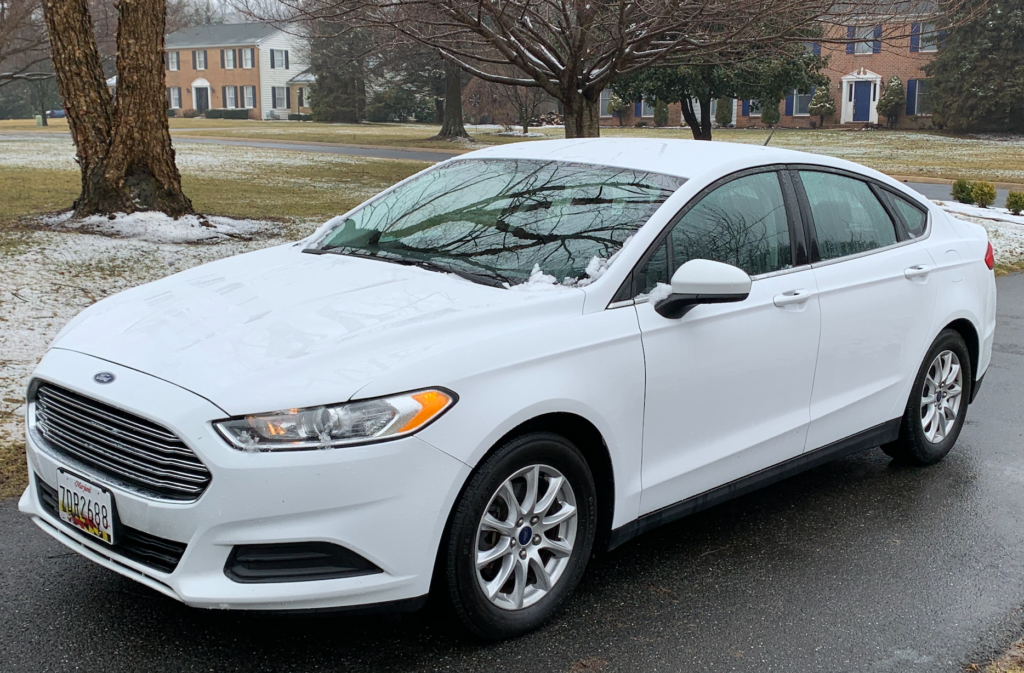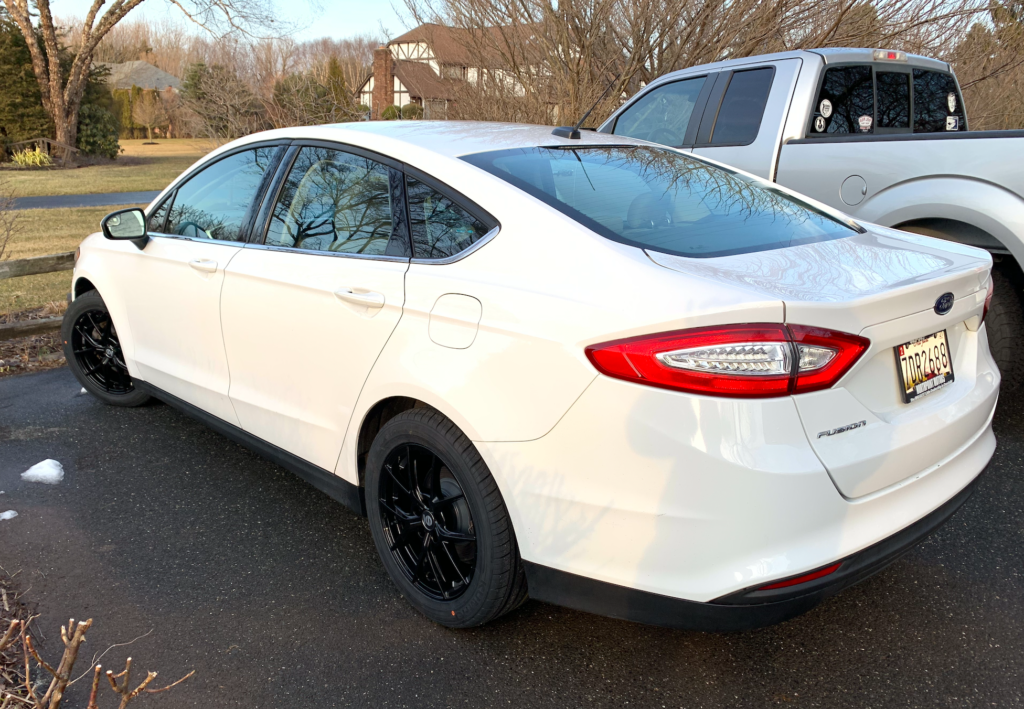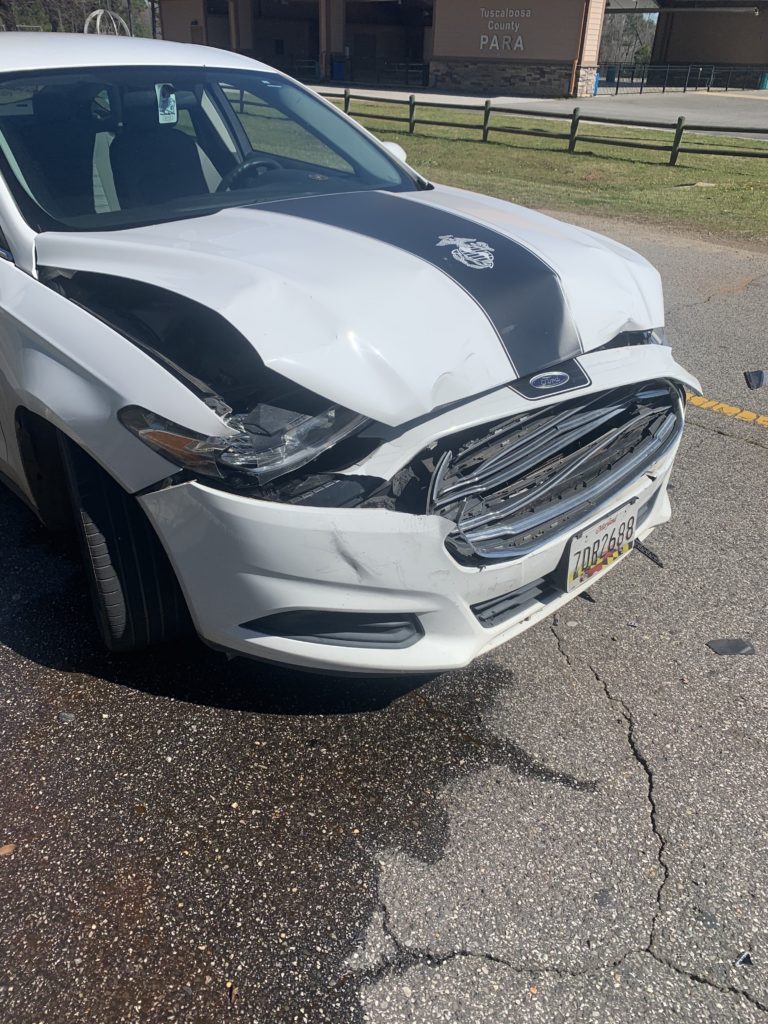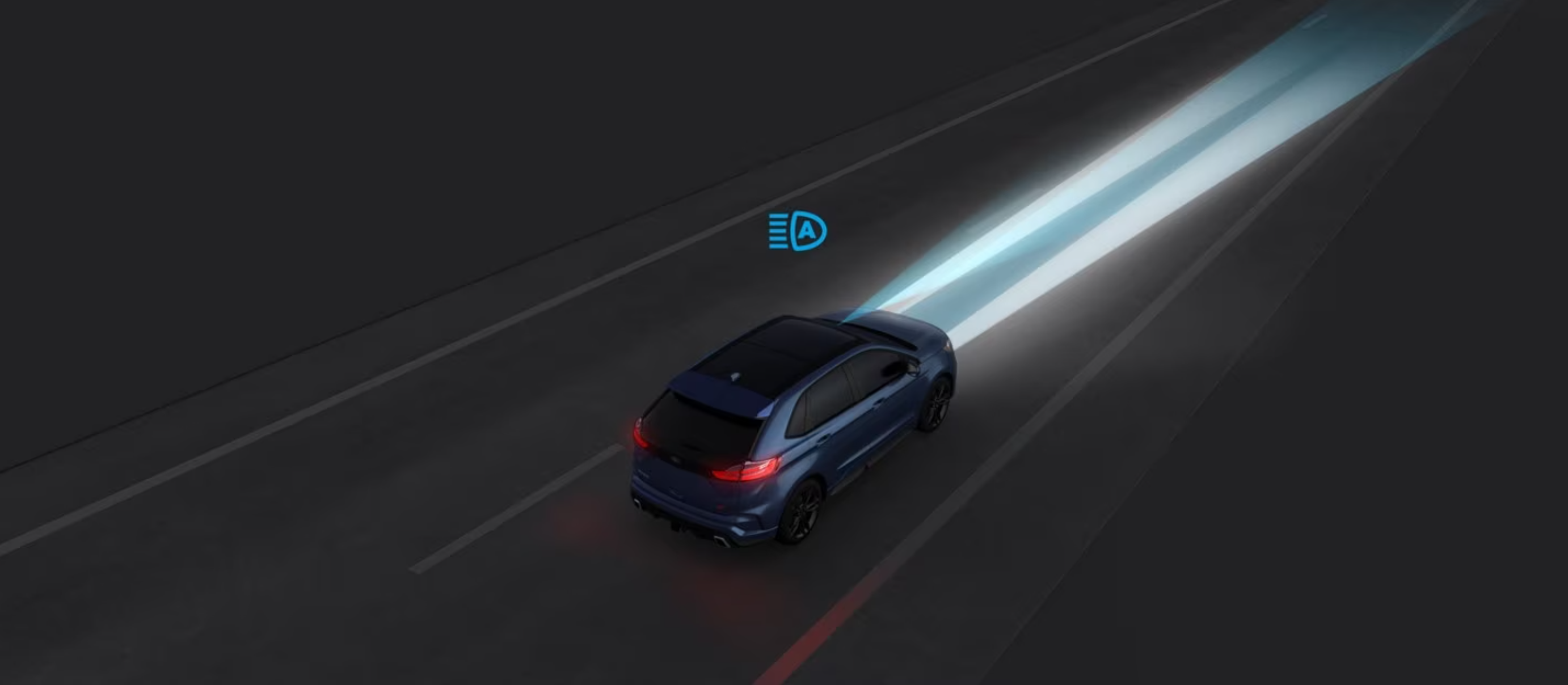Matching the car to your kid
Matching the car to your child.
As I sit here writing this, my sixteen-year-old daughter Lola is sitting next to me watching Korean TV. But we are not Korean. She has been obsessed with Korean culture, language, and music ever since her first boy band crush, BTS. Aside from this odd obsession, you might consider to be a pretty typical American teenage girl. Obsessed with boys, in near 24-hour communication with her friends, and surgically attached to her phone, she has the attention span of a typical teen growing up in an ADHD world.
Also, as I sit here, my 18-year-old son is about 2/3 of the way through Marine Corps boot camp.
He was not what you would consider a typical American teenage boy. He spent four years in JROTC, only had a couple of friends in high school, and could seldom be reached by phone because it wasn’t important to him like it is to my daughter. No selfies, no incessant snaps. He spent most of his time focused on JROTC and listening to music, and building model kits. Highly motivated, highly driven, and laser-focused.
So, what does this have to do with matching the car to the child?
When developing Rookie rides, it was obvious to me from the beginning that while there are certain must-have features, that make a “safe car”, the specific mix of safety features should be matched to the needs of your kid. What one teen needs to be a safe driver in their early driving years, might be different from what another teen driver needs. The car I bought for my son was a perfect fit for him, however, I would not have chosen it for my daughter. In my opinion, they have different driving needs, and thus different sets of features. Also, their physical size is different. My son is about 6’ tall like me, and my daughter is short like her mom. The type of vehicle might be different. My shopping list for my son is different than my shopping list for my daughter.
I developed this concept of matching the car to the kid to help guide parents in thinking about what to look for in their teen’s first car. While there is no scientific research to prove that matching the right features to your child will lower the chance of an accident or fatality, the IIHS did come up with a list of basic ADAS (Advanced Driver Assistance Systems) that could reduce teen driver fatalities by 78%. Those features include teen driver oversight controls, blind spot monitoring, lane keep assist, and auto brake. All the other features available to you (Rookie Rides has 26 options to choose from) are there for you to decide if each feature would enhance your teen’s driving abilities while they master the skill. Nobody knows your child better than you. In our ‘teach me’ section, we have written an article about every safety feature in Rookie Rides so that you can learn about each one not from an engineer’s perspective, but from a parent’s. If you are in a hurry, each feature in the ‘Match Me’ section has a tooltip to give you a brief explanation of each feature.
Also in the ‘match me section’ as you work your way through each safety technology, we give you the option to choose must have, nice to have, or don’t want. Some of the features like backup cameras are federally mandated so all vehicles built after a certain year will have them. This doesn’t do anything to the safe bet score, but it will affect your criteria match score so keep that in mind when using Rookie Rides.
Some of these technologies are not exactly lifesaving, but they can enhance your teen’s driving ability or driving experience. Technologies such as tire fill alert, automatic high beams, and others were designed and built into these vehicles because the engineers believed they would help drivers focus on driving. Other technologies such as auto brake or evasive steering assist, absolutely have lifesaving or even accident-avoiding capabilities. In Rookie Rides, we group these technologies by type such as driving assist technologies, collision warning technologies, collision avoidance technologies, and additional safety features.
The tradeoff of having all these features is cost. Manufacturers always put their newest technologies in their premium models and eventually all these technologies trickle down to even the base models. Sometimes the government steps in and mandates that every vehicle built after a certain period must have them. Autobrake and Forward Collision Warning is a technology that was once a luxury item and will be in every vehicle built after September 1, 2022, due to a voluntary commitment by automakers to include them in every passenger vehicle. In the future, parents will have a lot more cars with a lot more of these features to choose from, but for now, it will come down to a specific make model trim level, or build date to determine if a particular vehicle has the technology available or not and it can affect the price.
Matching the car to your kid
When creating your shopping list, we suggest taking stock of the type of driver your child is right now, and what features you think they need to keep them safe. Keep in mind, the first three driving years are the riskiest for your driver, so we recommend focusing on the features that matter right now from here to graduation for your teen driver. To further illustrate this concept, let’s use my two children as examples.
When I bought my son’s car, I did not have Rookie Rides built yet, in fact, I started really working on it about a year after I purchased his car. I did not have the algorithms built yet to guide my selections. What I did do however is approach the vehicle selection in the same fashion as if I had the site built. The first order of business was a vehicle built with ultra-high strength steel. Second, I wanted to limit the vehicle’s speed and I wanted to ensure that seatbelts were being worn as if I were there in the car to remind them to put their seat belts on (one of the leading causes of teen driver fatalities). And knowing what it’s like to be a male teen driver, I wanted to limit the speed of the vehicle. My son’s only requirements were a backup camera.
What I ended up buying him was a 2016 Ford Fusion S with about 120,000 miles on it for about $9,000 out the door at a dealership. I found it in the “ten-grand-land” which most dealers have for vehicles priced ten thousand or less. This vehicle had a backup camera, eight airbags, NHTSA five-star crash ratings in the front and four stars in the side and rollover, plus good ratings from the IIHS for all categories except the small overlap crash test. It also had a full service history and only one other owner indicating that it was a fleet vehicle with mostly highway mileage and no accident history.
I spent an additional $1,500 on new aftermarket rims and tires and a vinyl graphic for the hood to quickly change it from a boring fleet car to a sporty teen’s first car.


That car served him well until just a month before he graduated, he was looking at his phone and rear-ended the car in front of him. He totaled it, but he wasn’t harmed. I guess I should have added auto brake to my criteria list. One thing I got wrong though and didn’t notice this until I built Rookie Rides was that in 2017 Ford made a change to the vehicle structure adding ultra-high strength steel to the A-pillar. A 2016 and a 2017 look identical on the outside, but the change in steel allowed that same car to be a top safety pick beginning in 2017. If I had Rookie Rides built back then, I would not have made that mistake.

For my daughter, who is the better driver, I’m going to look for vehicles with the full ADAS suite. I trust her skill, but I don’t trust her attention span. I don’t trust her ability to keep her eyes on the road if the phone indicates a new text or a new snap. She’s also our klutz, and even in Jr High, I had to warn her to look both ways before crossing the street on foot. For Lola, I want a vehicle with auto brake, lane keep assist, lane centering blind spot monitoring, evasive steering assist, auto beam headlights, and more. I’m also adamant about the vehicle having teen driver controls. That radio doesn’t come on until the seatbelts are buckled because there is one thing both my kids have in common, they love their music and they don’t always wear their seat belts. It’s infuriating, but teen driver controls will keep an eye on that for me. I don’t yet know what I’m buying but I’m going to use Rookie Rides to help us choose. It is probably going to be an SUV for visibility. I’m going to document the whole selection and purchase process for this site.
In the future, there will be coaches and quizzes here to help you determine which features are right for your teen driver. But for now, hopefully, this post and our way of approaching the problem will help you clarify your thinking so that you can use the match me feature to find vehicle matches.

 Back to Teach Me
Back to Teach Me





